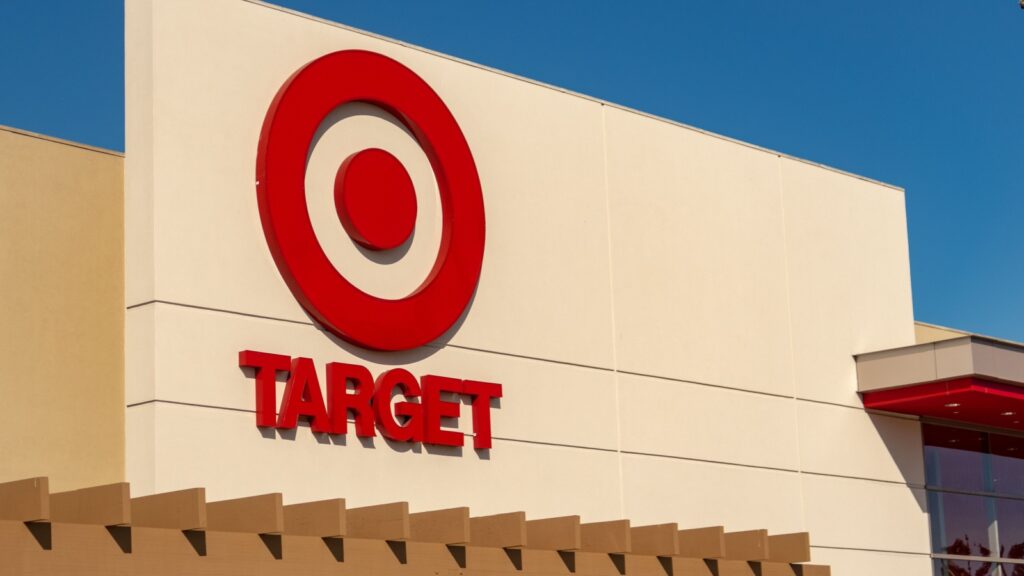Some companies fade away with a loud farewell, while others quietly slip off the map without anyone realizing. Over the years, several once-popular Canadian retail and restaurant chains have gone bankrupt, leaving behind empty storefronts and memories of better times. From family dining spots to beloved clothing stores, these chains once shaped Canada’s shopping and dining culture before market shifts, poor decisions, and fierce competition took them down. Here are 19 Canadian chains that went bankrupt before most you noticed.
Jacob

Jacob was a fashion staple for young women in the 1990s and early 2000s. Known for sleek, workwear-inspired clothing and affordable elegance, it filled a niche between high fashion and budget retail. However, the rise of fast-fashion brands like H&M and Zara eroded its loyal base. The brand filed for bankruptcy in 2014 after years of declining sales and mounting rent costs. Its online revival never gained traction, and despite efforts to modernize, the chain’s retail presence vanished quietly. For many shoppers, realizing Jacob had disappeared happened only after they went looking for its stores that no longer existed.
Target Canada

Target’s entry into the Canadian market was highly anticipated in 2013, but it quickly became one of the biggest retail disasters in the country’s history. Poor inventory management, half-empty shelves, and prices that didn’t match consumer expectations doomed the company from the start. Within two years, Target Canada filed for bankruptcy, closing over 130 stores and laying off more than 17,000 employees. The chain’s rapid collapse stunned shoppers who had expected the American retailer to thrive. Despite its nostalgic reputation today, Target’s short-lived Canadian experiment remains a business school case study in overexpansion and failed market adaptation.
Zellers
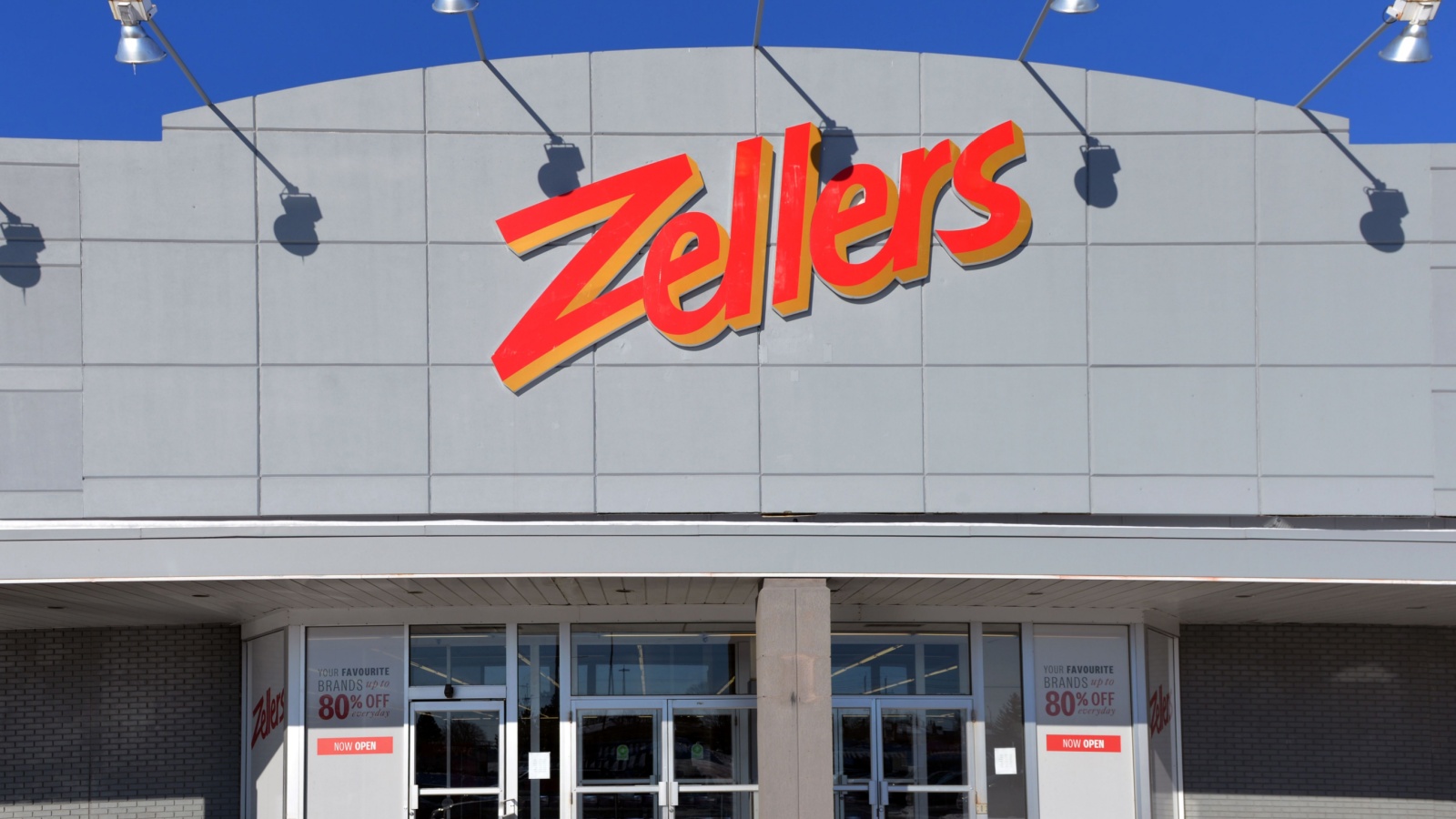
Before Walmart and online shopping dominated, Zellers was the go-to department store for affordable home goods, clothing, and seasonal sales. At its peak, it had hundreds of locations across the country. When its parent company sold most leases to Target in 2011, Zellers effectively disappeared overnight. Though a few nostalgic pop-ups have since resurfaced under Hudson’s Bay Company, the original chain’s bankruptcy marked the end of a Canadian retail era. For many families, Zellers represented the classic Saturday shopping trip, now replaced by digital carts and curbside pickups, a quiet but emotional disappearance for a once-beloved brand.
Bombay Company
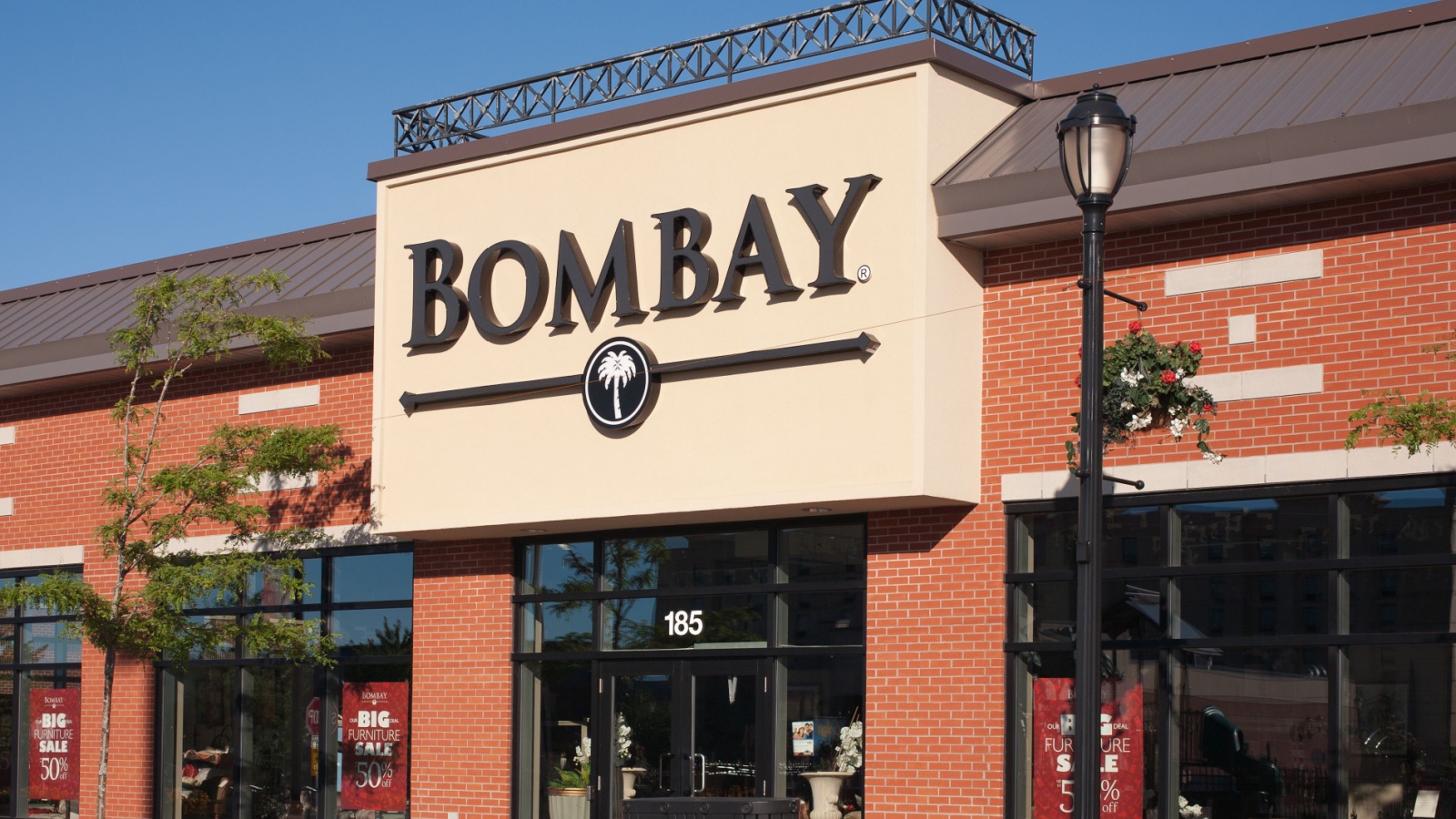
Bombay Company was a haven for those who loved classic, European-inspired home décor. Its polished furniture, ornate mirrors, and vintage charm gave Canadian homes a touch of sophistication. But the brand struggled to keep up with changing tastes and the minimalist aesthetic that swept through interior design. The company filed for bankruptcy in 2007 after years of losses, with remaining assets later acquired by new owners. The physical stores never returned, and while a small online presence lingered, the brand faded without much public attention. Its downfall showed how quickly style trends can dismantle even elegant retail empires.
Smart Set

Smart Set, part of Reitmans’ retail family, catered to young women with stylish, affordable workwear. It was a common sight in malls and shopping centers through the 2000s. However, as trends shifted toward fast fashion and e-commerce, Smart Set’s identity felt outdated. Despite loyal customers, the brand couldn’t compete with newer, edgier competitors. Reitmans shut down all Smart Set stores in 2016, converting some locations into its other labels. The brand’s quiet exit reflected broader challenges facing mid-tier clothing chains. For many shoppers, its disappearance was gradual, a once-familiar name slowly erased from storefronts and memories.
Bowring
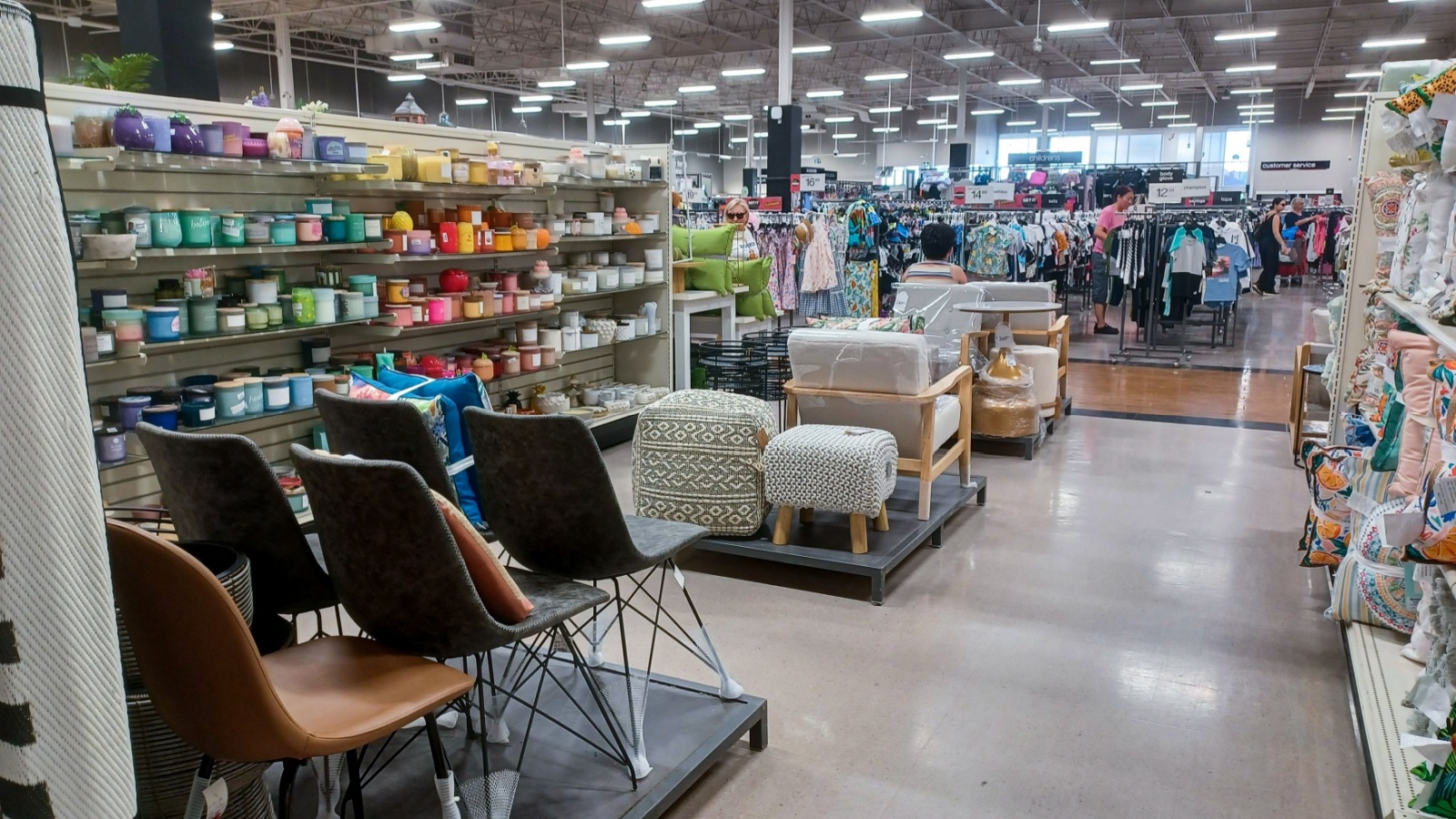
Bowring was known for elegant tableware and home décor, often seen as a go-to for wedding gifts and housewarming presents. Founded in Newfoundland in the 19th century, it was one of Canada’s oldest retailers. But by the 2010s, high rents, falling mall traffic, and online competition hit hard. The company filed for bankruptcy in 2018, shutting down over 50 stores. Many shoppers didn’t realize the chain was gone until they went searching for its signature glassware and silver ornaments. Bowring’s closure quietly ended a century-old retail legacy that had once symbolized refined Canadian taste and heritage.
Comark (including Bootlegger, Cleo, and Ricki’s)

Comark, the parent company of several popular apparel brands like Bootlegger, Cleo, and Ricki’s, faced bankruptcy protection in 2015. The fashion retailer had struggled with declining mall traffic and online competition. While some of its brands were later revived under new ownership, the original company ceased to exist. The closures affected hundreds of employees across Canada, yet many shoppers barely noticed the transition as stores gradually rebranded. Comark’s fall illustrated how even diverse portfolios couldn’t shield companies from the retail crisis of the 2010s, where digital trends rapidly outpaced traditional business models.
Future Shop
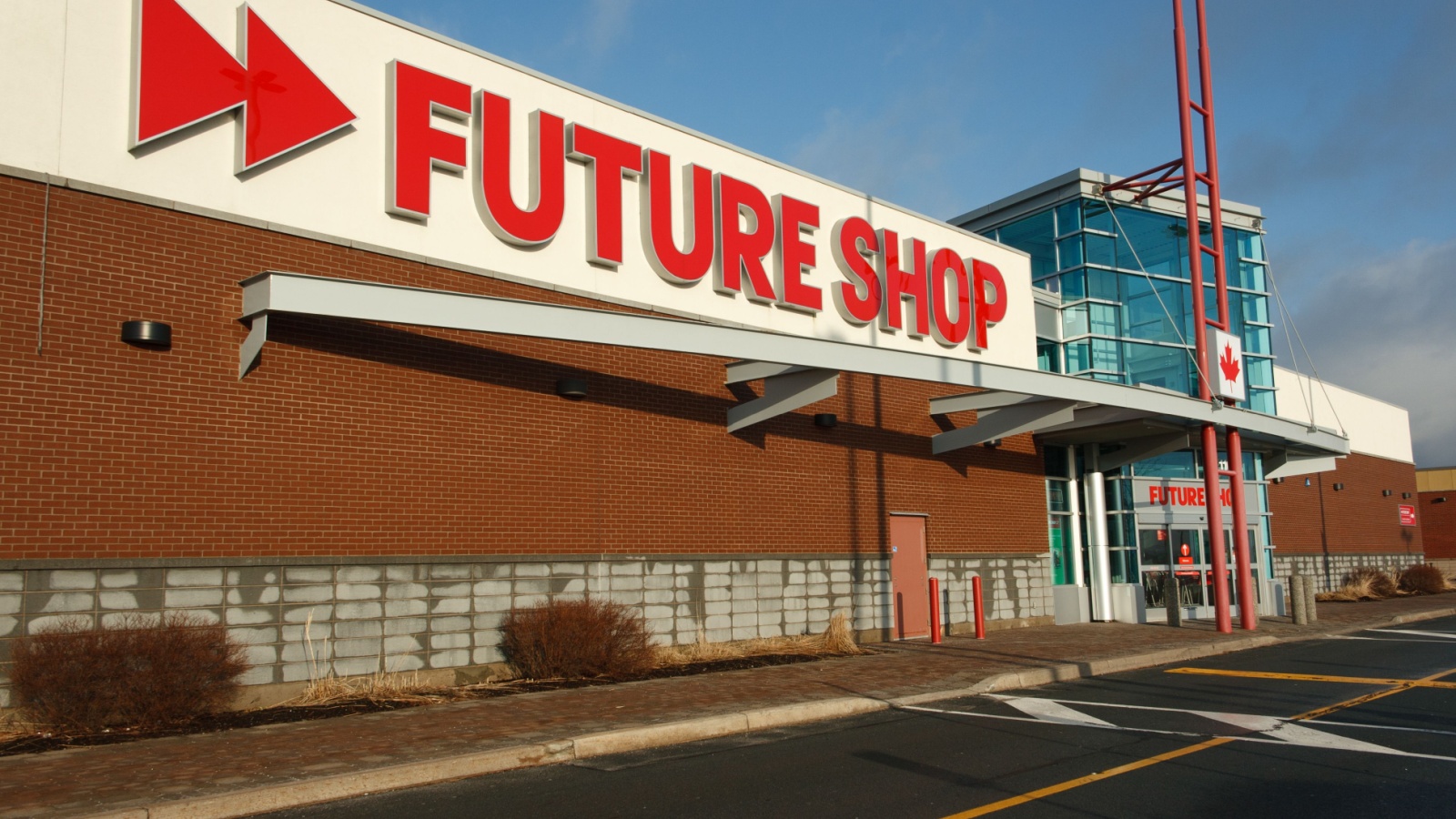
Once a tech lover’s paradise, Future Shop dominated electronics retail in the 1990s and early 2000s. Owned by Best Buy, the chain had over 130 stores at its peak. But in 2015, Best Buy abruptly shut down all Future Shop locations, merging operations under its own brand. While technically not bankrupt in the traditional sense, the chain effectively vanished overnight, leaving employees blindsided. Many customers didn’t realize the difference until familiar storefronts were replaced with Best Buy signs. Future Shop’s disappearance marked the end of Canada’s homegrown electronics retail culture and the rise of American consolidation.
BiWay
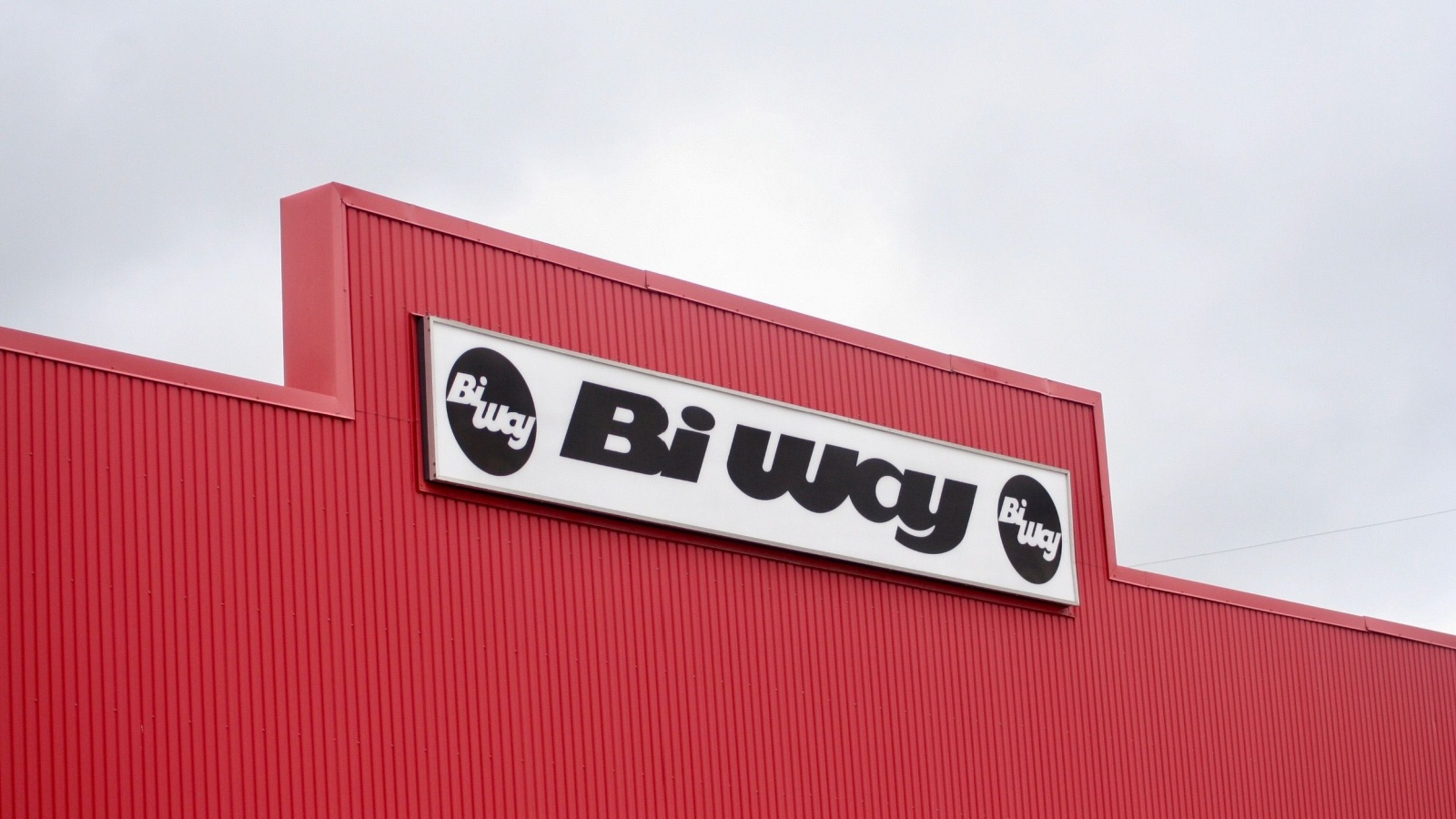
BiWay was the discount shopper’s dream, offering household goods, clothing, and snacks at unbeatable prices. It thrived in the 1980s and 1990s but failed to adapt when big-box retailers like Walmart entered Canada. Mounting debt and a lack of modernization led to bankruptcy in 2001. Despite occasional talks of revival, the brand remains a nostalgic memory for older shoppers. Its closure was quiet, with stores simply disappearing one by one. BiWay’s downfall signaled the decline of small-scale discount retailers in an economy increasingly dominated by global giants and changing shopping habits.
Eatons
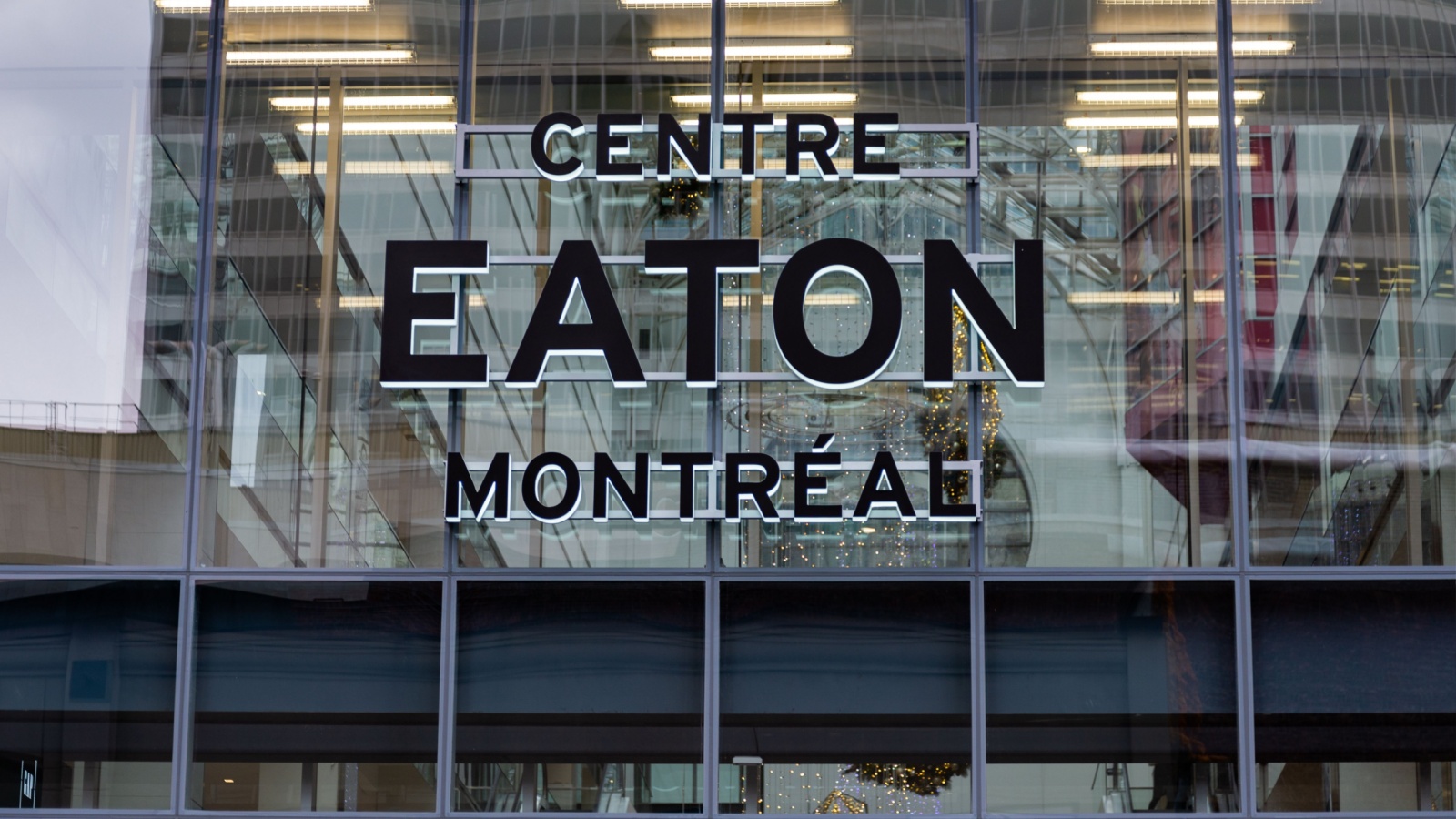
Once Canada’s retail pride, Eatons was a family-owned department store empire dating back to 1869. It defined luxury shopping in Canada for over a century, offering everything from furniture to high fashion. However, mismanagement and inability to adapt to modern retail trends led to its bankruptcy in 1999. The collapse was a national shock, ending an era of grandeur and tradition. Despite a short-lived revival attempt by Sears, the Eatons name never regained its former status. Its quiet disappearance from downtown skylines marked one of the most symbolic corporate endings in Canadian history.
XS Cargo

XS Cargo offered Canadians low-cost electronics, appliances, and household goods in a warehouse-style setup. The company built a loyal following with bargain hunters but struggled to compete with online retailers. By 2014, rising operational costs and weak margins pushed it into bankruptcy. The closure was sudden, with liquidation sales wiping out its remaining inventory. Many consumers only realized it was gone when they tried to hunt for deals that no longer existed. XS Cargo’s story reflects the difficulties faced by discount chains trying to survive in an increasingly digital shopping landscape.
Sears Canada

For decades, Sears was a household name synonymous with department store convenience. It offered appliances, clothing, and catalog shopping long before e-commerce existed. But after years of financial missteps and shifting retail habits, Sears Canada declared bankruptcy in 2017. Over 12,000 employees lost their jobs as hundreds of stores closed. While liquidation sales drew crowds, the chain’s demise was slow and inevitable. Its departure left massive vacancies in malls nationwide. Sears’ fall symbolized how even iconic brands could crumble under the weight of outdated strategies and online competition, leaving behind only memories and abandoned signage.
Danier Leather

Danier Leather built its name on high-quality jackets and accessories made from genuine leather. For decades, it represented craftsmanship and sophistication. But as consumer tastes shifted toward vegan and synthetic alternatives, sales began to fall. The company filed for bankruptcy in 2016, closing over 80 stores. Its products lingered online briefly before disappearing entirely. Danier’s fall showed how failing to adapt to ethical and sustainability trends could end even well-established brands. What was once a symbol of timeless fashion quietly became another casualty of changing values and retail economics.
Dylex Ltd. (Club Monaco’s former parent)
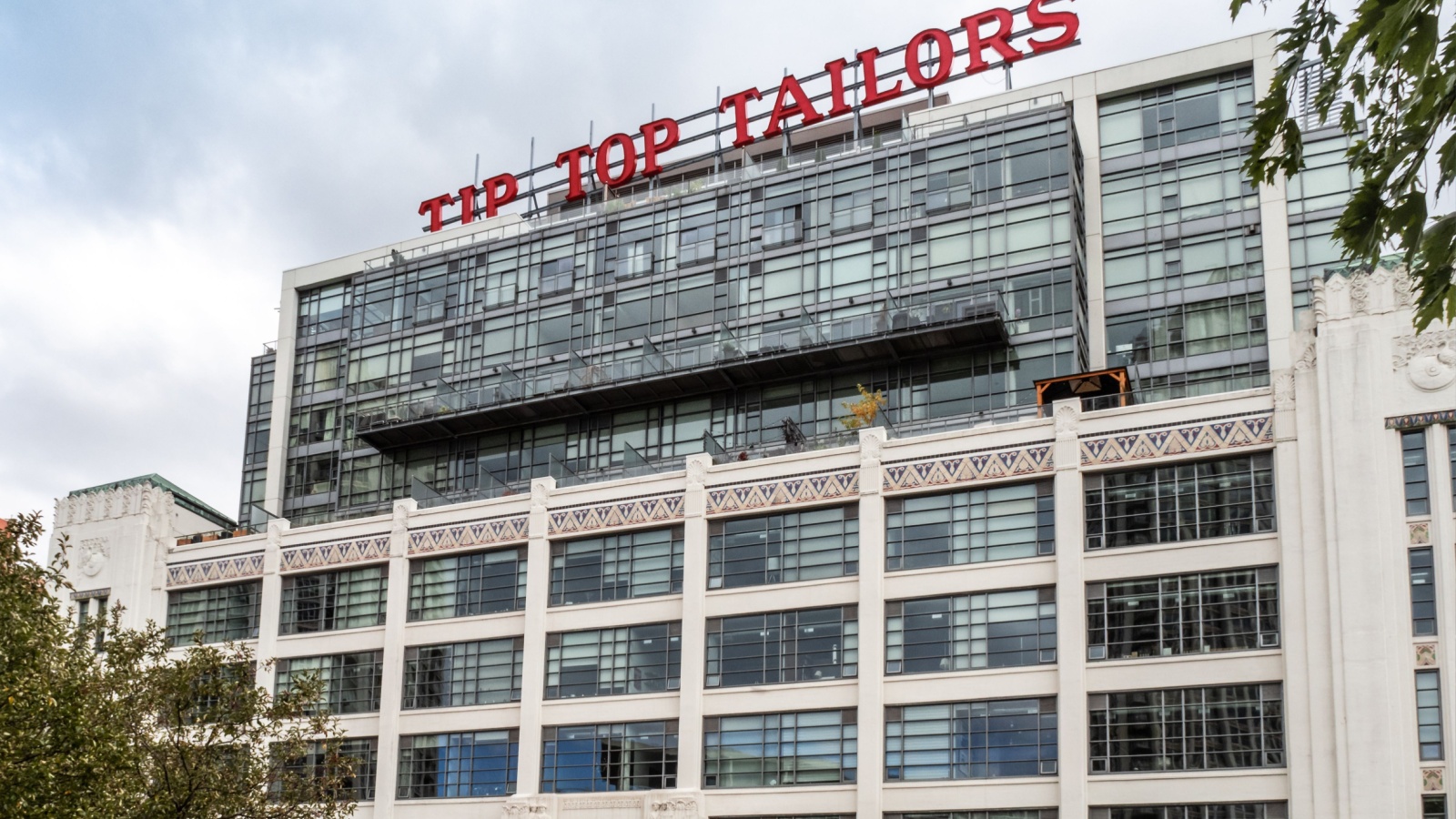
Dylex Ltd. was a major Canadian retail group that owned brands like Club Monaco, Tip Top Tailors, and Fairweather. In the 1990s, it controlled over 1,000 stores nationwide. But rapid expansion and inconsistent brand strategies led to bankruptcy in 2001. Some labels, like Club Monaco, survived under new ownership, but the parent company disappeared almost unnoticed. Dylex’s downfall was one of the largest retail collapses in Canadian history, yet its complexity meant few realized when it ended. Its quiet bankruptcy reshaped the landscape of Canadian fashion retail and marked the decline of conglomerate-style retailing.
Fairweather (original chain)
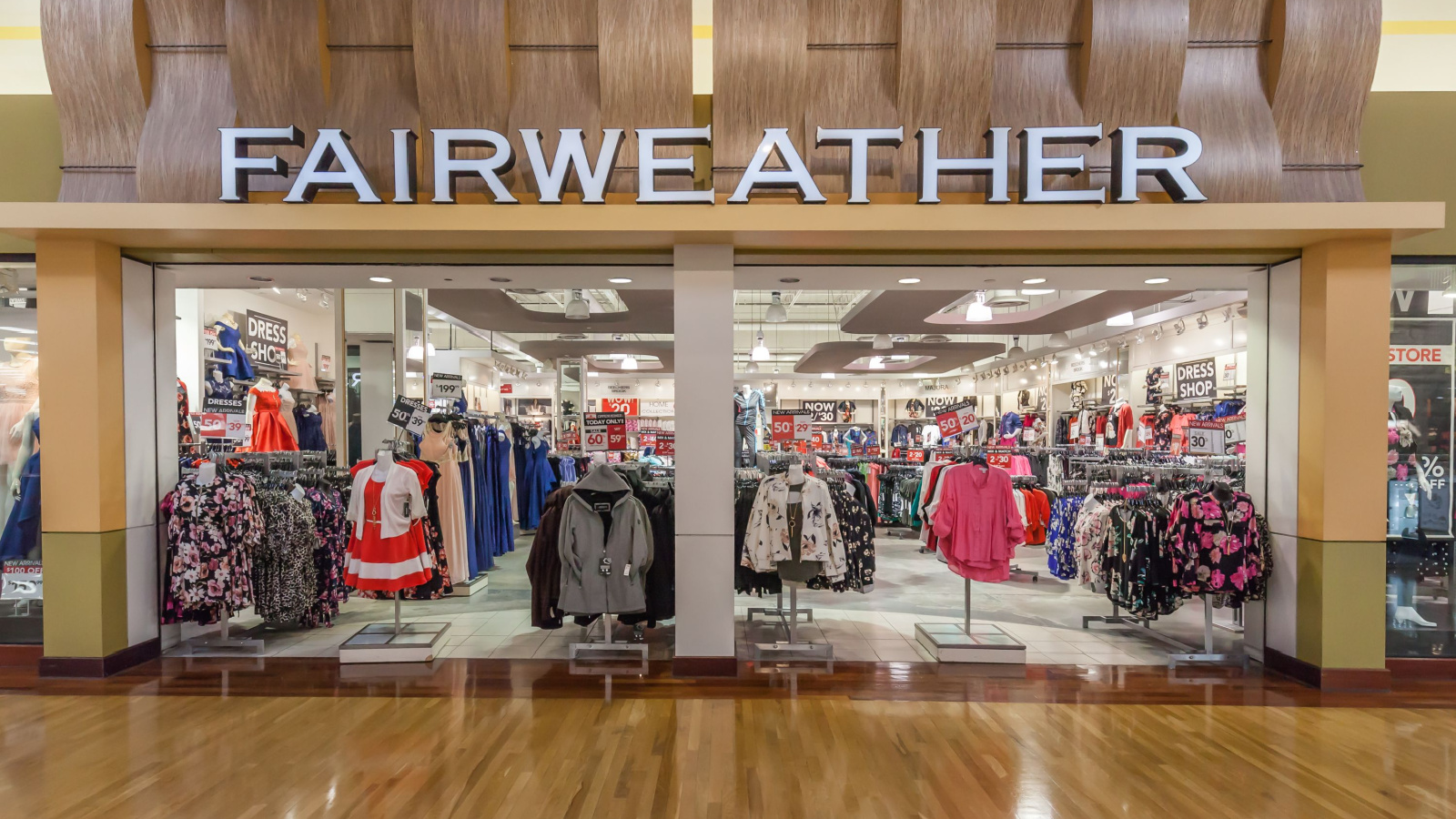
Fairweather, once known for stylish and affordable fashion, was a mall fixture for decades. It catered to young professionals seeking trendy clothing without high-end prices. The brand’s parent company faced bankruptcy in the early 2000s amid competition from fast fashion and online retailers. While a few stores under the name still exist in altered forms, the original chain never recovered its scale or reputation. Fairweather’s decline reflected the broader collapse of mid-range mall retailers, whose identity was swallowed by global brands with larger marketing power and faster supply chains.
SAAN Stores
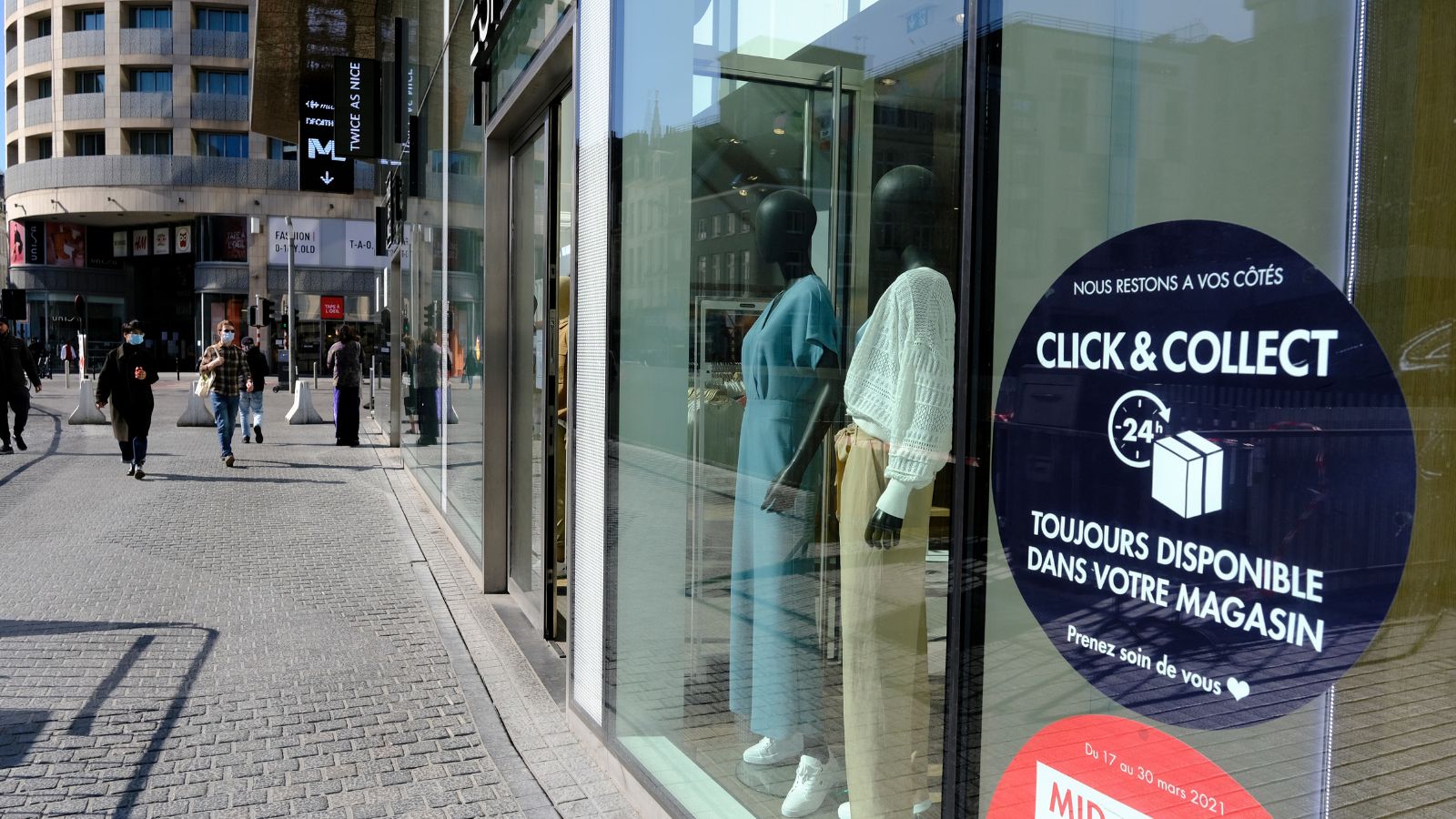
SAAN was a general merchandise retailer popular in small towns and rural communities. It sold clothing, housewares, and everyday essentials at low prices. Founded in Winnipeg in 1947, it expanded nationwide but struggled as larger discount chains entered the market. SAAN declared bankruptcy in 2008, closing all locations shortly after. Its absence was felt most in remote areas where it had been a rare retail presence. For many Canadians, SAAN’s quiet disappearance marked the loss of a community staple that had offered affordability and convenience long before online retail became the norm.
Targeted Furniture Brands (Le Château)

Le Château, the Montreal-based fashion chain, once epitomized affordable glam for night outs and special occasions. Its sleek dresses and European flair were popular among young Canadians in the 2000s. But changing fashion trends, fewer mall visits, and the rise of online shopping led to bankruptcy in 2020. The pandemic accelerated its decline, closing over 120 stores nationwide. While its name briefly returned online under new ownership, the chain itself was gone. Le Château’s fall was quiet but symbolic, showing how quickly even established fashion icons could fade in the modern retail era.
San Francisco Stores

Despite its name, San Francisco was a proudly Canadian retail chain specializing in novelty gifts, quirky home décor, and pop culture merchandise. Its stores were bright, chaotic, and beloved by teens in the 1990s and 2000s. However, online shopping made it easy to buy similar products for less. The chain filed for bankruptcy in 2004 and vanished soon after. Many only noticed its absence when malls began replacing its stores with new tenants. San Francisco’s quirky charm couldn’t survive the shift toward digital retail, ending an era of fun, spontaneous shopping trips.
Jacob Connexion

A spinoff of the original Jacob brand, Jacob Connexion targeted a younger audience with casual wear and accessories. It was meant to complement the more professional vibe of its parent label. However, as mall traffic declined and trends moved faster than production cycles, the brand struggled to find relevance. By the early 2010s, Jacob Connexion was quietly discontinued without much media attention. Its closure was overshadowed by its parent company’s larger bankruptcy. Today, few remember it existed, making it one of those forgotten victims of retail consolidation and changing consumer behavior.
21 Products Canadians Should Stockpile Before Tariffs Hit

If trade tensions escalate between Canada and the U.S., everyday essentials can suddenly disappear or skyrocket in price. Products like pantry basics and tech must-haves that depend on are deeply tied to cross-border supply chains and are likely to face various kinds of disruptions
21 Products Canadians Should Stockpile Before Tariffs Hit
